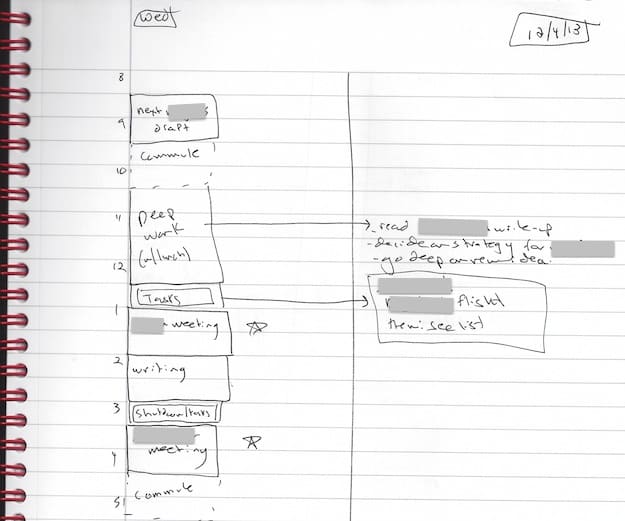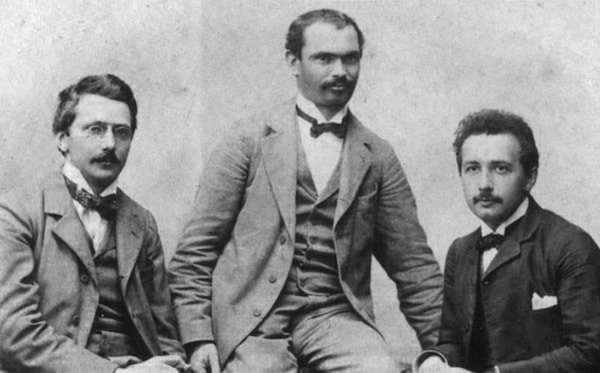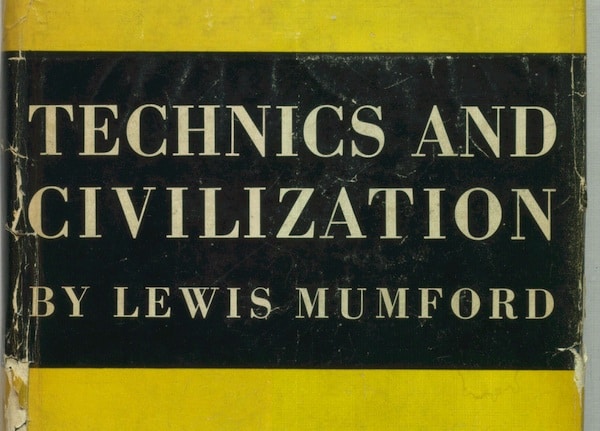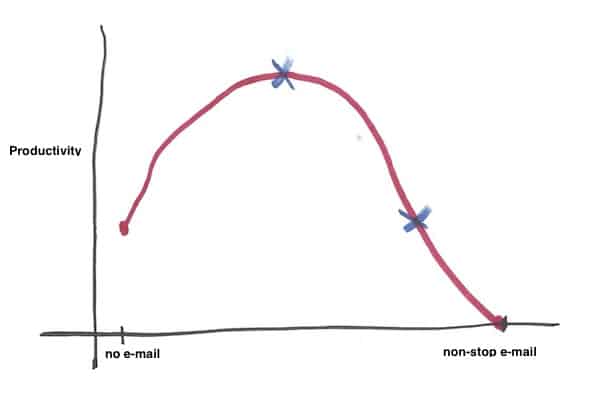
Louis C. K.’s Plateau
A reader recently sent me the above video of comedian Louis C. K. speaking at a 2010 memorial to George Carlin. His brief remarks provide interesting insight into the reality of how people reach elite levels in their fields — and why it’s so rare.
As C. K. begins, when he first attempted comedy, he was, like most new comedians, terrible. But he wasn’t deterred:
“I wanted it so bad, that I kept trying, and I learned how to write jokes.”
This early burst of effort helped C. K. become a professional, with a full hour’s worth of reasonable material.
It was here, however, that he stalled. For a long time…
“About fifteen years later, I had been going in a circle that didn’t take me anywhere. Nobody gave a shit who I was, and I didn’t either, I honestly didn’t. I used to hear my act, and go, ‘this is shit and I hate it.'”
This is the lesser told story about the quest for elite accomplishment. It’s common to hear about the exciting initial phase where you’re terrible but motivated and therefore see quick returns.
But so many people, like C. K., soon hit a plateau. They’re no longer bad. But they’re also not improving; stuck in a circle that doesn’t take them anywhere.






